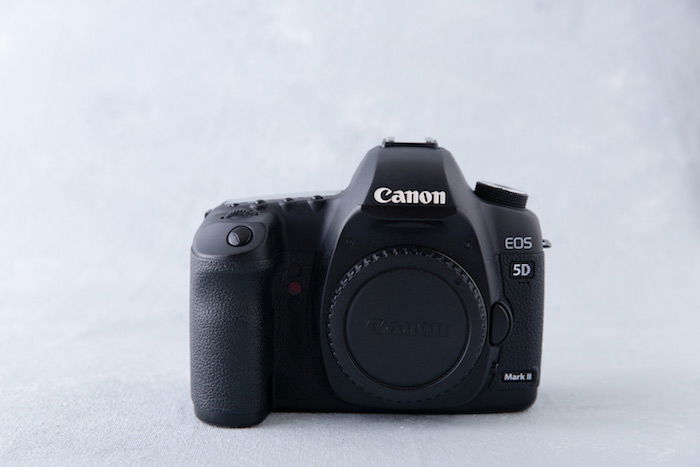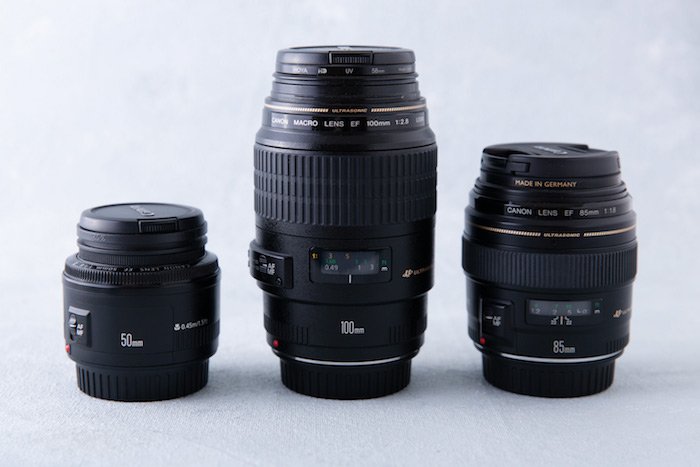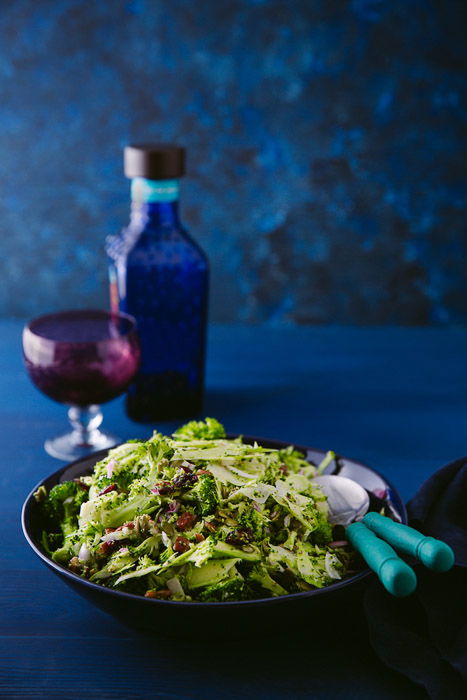In 2022, the best lens for food photography will be a versatile tool that can help you capture amazing images of your culinary creations. This lens will be able to produce clear and vibrant photos, no matter what the lighting conditions are like. It will also be easy to use, so you can focus on creating beautiful photos instead of worrying about your equipment.

Consider the Crop Factor Lens for Food Photography
Before buying a lens, you need to know whether your camera has a full frame sensor or a cropped one. You can have the best camera for food photography, but the lens will only function well if you know your camera’s sensor.
A crop sensor is cheaper for a camera manufacturer to make. This makes decent digital cameras available to a wide variety of consumers. In a crop frame camera, the sensor cuts out the edges of the frame. This increases the focal length.
Crop factor describes the difference between the size of your camera’s sensor and a traditional 35mm film frame. It is used to calculate effective focal lengths and compare lenses between DSLRs.
The Canon Rebel series is an excellent example of a popular DSLR with a cropped sensor. It’s quite popular among food bloggers.
But the focal length of your lens will be different on a cropped sensor camera than on a full frame one.
On a full frame camera, a 50mm will behave like a 50mm. Put that same lens on a camera with a cropped frame sensor: it will act more like an 80mm. Your shots will be nowhere near as wide.
If you think you will upgrade from a cropped sensor to a full frame one day, then you should take this into consideration when shopping for a camera lens.
Also, note that lenses that are designed for a crop frame will not function on a full frame camera. You can’t use the Rebel’s 18-55 kit lens on a full frame DSLR.

What Lenses Should I Use for Food Photography?
Your most pressing concern when shopping for a lens is the sharpness. This means using prime lenses when shooting still life or food photography. These are sharper than zoom lenses.
Zoom lenses have more moving parts to enable the zoom function. This can result in lower image quality and sharpness. You can also get barrel and pin-cushion distortions at wide angles.
They can also cause an increase in chromatic aberration and vignetting. Vignetting is especially apparent at wider apertures.
Prime lenses are usually ‘faster’. They have a larger maximum aperture, which enables quicker shutter speeds. They give you a much shallower depth of field. This allows you to isolate your subject and get that beautiful blurred background.

The 50mm Prime Lens – for Quality on a Budget
The 50mm can also be a useful lens, especially if you don’t have a zoom. This lens is good for shooting food top-down and for tablescapes.
The 50mm f/1.8 is often referred to as the “nifty-fifty” because it gives you decent results for a very low price. If you’re just starting out and your budget is tight, get this.
For food photography, 50mm is actually considered a wide-angle lens. If you’re shooting only an item or two straight-on or at a 3/4 angle, you will have too much of the background and surface in your frame.
You need to have large backgrounds if you use the lens this way. Compare the images of the shaved broccoli salad below.
The one on the left is at 50mm. You can see the background doesn’t take over the whole frame. You can also see the edge of the surface. The food is too far away to really see into the dish.
I took the shot on the right at 60mm. I didn’t move the camera or tripod. You can see that the extra 10mm makes a big difference.

If you get a 24-70mm, then you can take your overhead shots by setting it at 50mm.

Get Closer with the 24-70mm Zoom Lens
Although primes are ideal, it is handy to have one zoom lens, such as a 24-70mm f/2.8 or a 24-105mm f/4
I have both in Canon’s L-Series and find the 24-70mm much sharper than the 24-105mm. The 24-105mm is the kit lens when you buy a Canon 5D.
Yes, the 24-70mm is a zoom lens, but I find it very sharp in comparison to most zoom lenses. Many food photographers consider this a staple in their kit.

60mm Macro Lens – for Less Distortion
A 60mm macro is an excellent choice if you’re shooting with a cropped frame sensor.
On a cropped sensor, it’s more like having a 100mm. If you upgrade to full frame, you can use it like you would a 50mm. This lens will allow you to get 3/4-angle view shots of your subject with beautiful bokeh.
You also won’t get the distortion at this angle that you would when shooting with a wider focal length, like a 50mm.

The 100/110mm Macro – for Portrait-style Food Shots
An outstanding lens to have in your kit is a 100mm macro lens. This lens is not only for macro or close up shots. By pulling further away from your set, you can get lovely portrait-style shots as well. You will get a great blurred background.
I have the consumer-grade 100mm f/2.8, and it’s razor-sharp. In fact, I have read reviews where the photographer preferred the consumer-grade to the 100mm macro in the L-Series! And it’s half the cost.
If you go for the 100mm/105mm macro lens on a cropped frame sensor, you will be shooting at a focal length of 150mm. This will be a very tight crop. Especially if space is an issue, or if you have several props or a storytelling aspect to your images.

80mm Prime Lens – for Wider Scenes
This likely will not be one of the primary lenses for your kit. But if you already have a couple of lenses for your full frame, like a 100mm macro and a 50mm or 24-70mm, consider the 80mm prime lens.
This is a good lens for food photography and shooting wider scenes, but not as wide as you might do with a 50mm.
I shoot a lot of food portraiture. And I sometimes find that shooting at 70mm is not quite close enough. But the 100mm gets me too close.
Also, when you shoot wide open, say at 70mm on a 24-70mm lens, you risk more distortion. Zoom lenses usually function at their best somewhere in the middle of their available focal lengths.

The 85mm/90mm Tilt-Shift – to Get the Best Angle
The price is restrictive for a lot of photographers. But I need to mention a tilt-shift lens for your food photography. You can always rent one if you cannot afford to buy it.
This is a lens used by food photographers in the advertising world.
A tilt-shift lens allows you to control the plane of focus very precisely. You can shift the lens up or down, left or right, to minimize distortion.
The tilt functions allow you to keep different elements in focus on different focal planes.
You can get the subject sharply in focus with a background that is very blurred out.
When you focus on a certain angle, everything on that angle will be in focus.
With this lens, you are able to shoot the food at the best angle. You also control how many of the props or how much of the wider story appears within the frame. All without changing the camera angle or distance.
It’s a fantastic lens, and once you have worked with one, you will be amazed.

Conclusion
I use the 24-70mm zoom lens and the 100mm macro for most of my food photography. I find that I often shoot at a focal point of around 60-80mm.
Every photographer has their most preferred lenses to work with. It depends on how you like to shoot.
If you want to do food portraits as I do, you will need a focal length of 50mm-80mm most of the time.
If you prefer to shoot closer most of the time, you might want to go for the 100mm right off the bat.
Before you splash out for an expensive lens, you should try renting a couple. See how you like working with a particular lens before you invest your money in it. You will also be able to figure out the focal lengths that best match your photography style.
To take your photography skills to the next level, check out Photography Unlocked.


